| 1 | Steppe ratsnake |
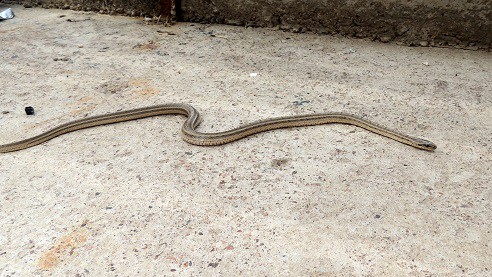
Part of the widespread Elaphe ratsnake family, all of which are non-venomous. The steppe ratsnake (Elaphe dione) has the largest territory of all, despite few Westerners knowing their name. It occupies a colossal swathe of Eurasia, favouring hillsides, grasslands, steppe, sparse woodlands and traditional villages.
Its empire begins in southern Ukraine, and continues all the way to South Korea, though failing to reach Japan (where the Japanese ratsnake has entrenched itself). Steppe ratsnakes mainly prey on mammals and are unusually skilfully at avoiding bird predators. They effortlessly vanish into dark holes or rock cracks, and are comfortable around human beings.
There’s a simple reason behind Elaphe dione’s dominance: its preference for rugged open landscapes. If this was a strict forest snake, facing pressure on all sides as its home was slashed down, they would struggle to find a corridor to migrate through. Instead, the steppe ratnake has a wide open horizon to explore, particularly the desolate realms of Kazakhstan and southern Russia. Like humans, ancient steppe ratsnakes were probably intrigued by the glimpses of distant hillsides, wondering what could be there.
| 2 | Yellow-bellied sea snake |
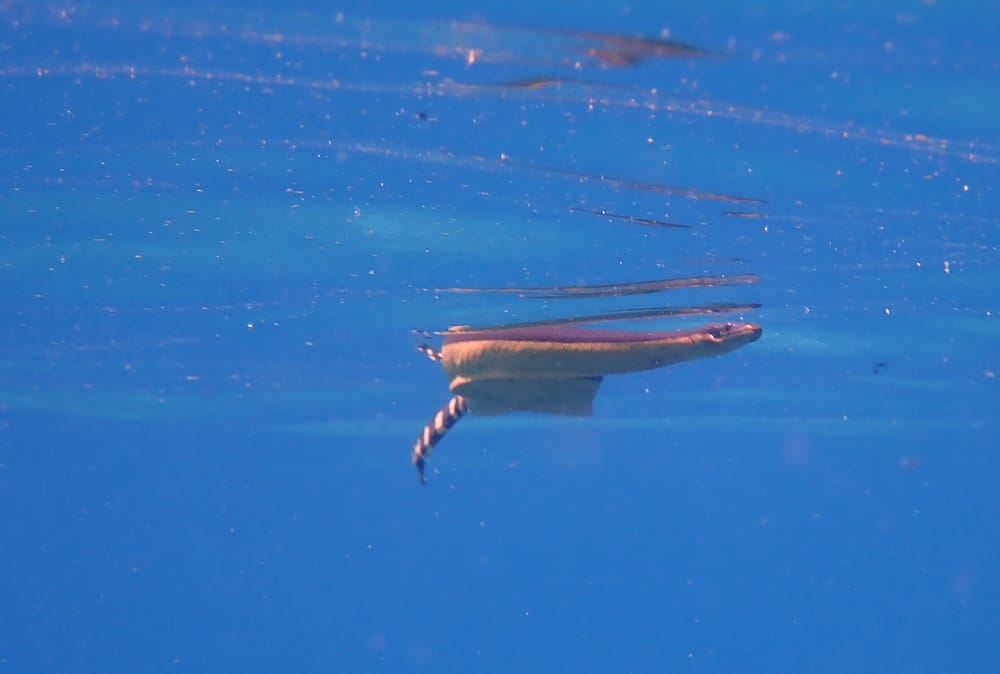
The yellow-bellied sea snake is a species of the open seas, with nothing visible but waves for miles around. They don’t require land to survive and even finding them in coral reefs is rare. They like to float aimlessly in sea currents, amidst lashing rain and storms, and this extreme lifestyle has given them the widest empire of any sea snake.
Yellow-bellied sea snakes are centred around the waters of Australia and south east Asia, but are also found along eastern and southern Africa. This is the only sea snake to inhabit the Atlantic ocean, just curling around the corner of South Africa, though going no further because of strong ocean currents. 12,000 km away, they’re abundant along the Costa Rican coast and have even frightened laid-back Californian surfers occasionally.
With the entire ocean surface their playground, yellow-bellied sea snakes have no barriers to conquest except temperature. Their optimum is 25-30C, and at below 20C, most bodily functions grind to a halt. This is a fish-muncher, which waits at the ocean surface motionless, until curious fish investigate the dark shadows.
| 3 | Puff adder |
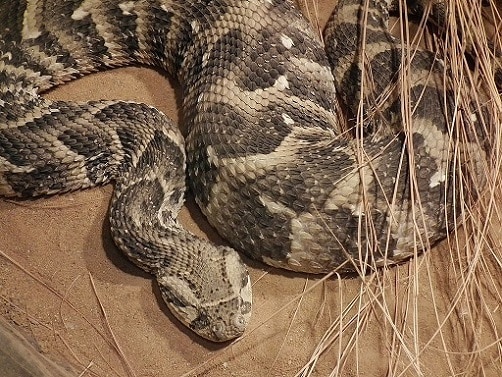
For thousands of years, this snake has been planning, plotting, scheming to cross the Sahara desert, but has never quite managed it. Instead, the puff adder must be content with occupying every single country of sub-Saharan Africa, from tiny Togo to sprawling DRC.
The westernmost point of the puff adder’s territory lies in Gambia, adjacent to the Atlantic ocean, close to Guinea and Senegal. To the east, they occupy Ethiopia and Somalia, adjacent to the Pacific ocean, followed by a further 25-30 countries. To top it off, puff adders have a colony in Saudi Arabia, originating from tectonic movements 20 million years ago which ripped open the Red Sea.
The puff adder’s range spans over 4000 miles from east to west. The reason for this success is their flexibility. Puff adders can happily inhabit savannah, forest, marshland, grassland and village outskirts with no worries, with only true deserts and rainforests being problematic. This is a lazy species which doesn’t move for days, lying in ambush. The conquest of Africa probably happened slowly yet surely, gaining a few dozen miles each millennium, until before the local zebras and lions realised, puff adders controlled the entire continent. This species is venomous and primarily unleashes skin tissue destruction.
| 4 | Grass snake |
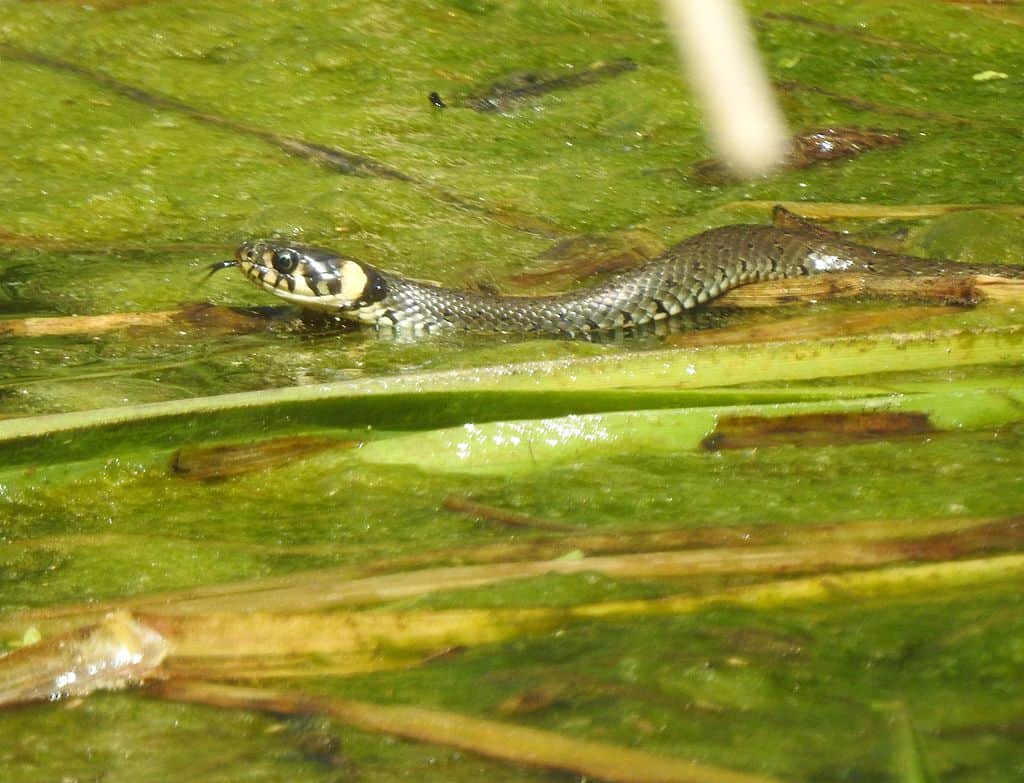
The grass snake is known to every Brit as one of three native snakes their island holds. What’s less known is that this snake has a colossal empire stretching from the Scottish border all the way to near Mongolia in the desolate east. Grass snakes rear their humble green heads in Bavaria, Rome, Ukraine, and Ankara alike. Many superstitions have sprung up in each location, such as the Polish belief that grass snakes milk farmyard cows and bring good luck. Grass snakes vary across this giant empire. Italy hosts blue ones and the UK form has extra black stripes. Yet the basics of being a frog-eating, non-venomous snake which is attracted to water remains, a lifestyle that is similar to the US common garter snake, and seems to be particularly fruitful.
The grass snake is proof that you can be humble and still a success. The Talamancan palm-pitviper of Costa Rica has a savage myonecrotic venom, yet is confined solely to mountains on the Panama border. Meanwhile, the grass snake has taken over via cold weather resistance and nimble swimming in woodland ponds. Grass snakes can withstand lower temperatures in hibernation, and are smart enough to seek out warm compost heaps, meaning that humanity has actually helped them to spread.
| 5 | Tiger ratsnake |
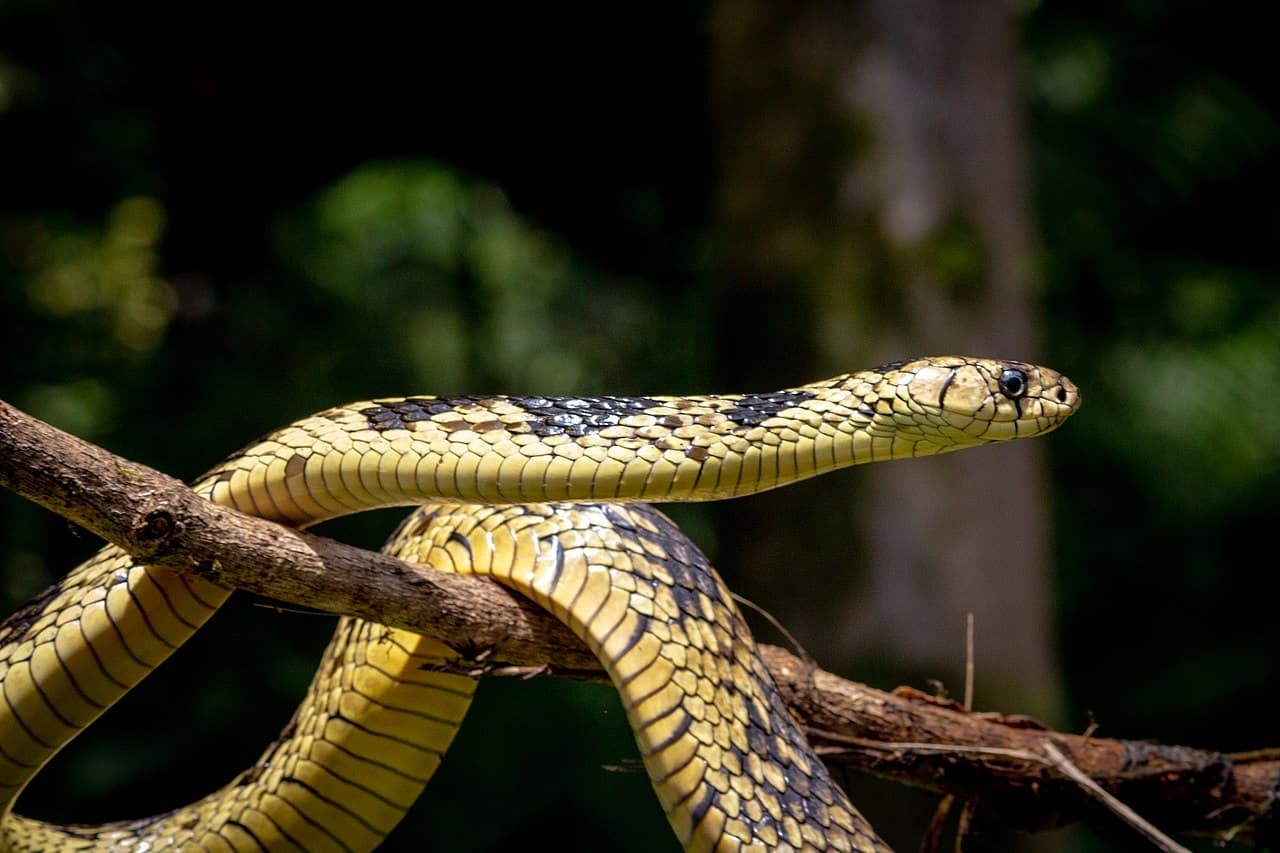
A non-venomous snake of Central and South America, whose range spans several thousand miles. The tiger ratsnake (Spilotes pullatus) has a well-balanced set of skills which have allowed it to completely take over. They slither along the ground, yet can easily zip up trees to explore high branches. They have a varied diet, including birds and bats, and don’t care about slithering past a front porch with shocked humans sitting there reading books. Tiger ratsnakes are flexible in their habitats, ranging from villages and fields to forests and agricultural areas.
Tiger ratsnakes are recognisable by their black scales contrasting sharply against vivid yellow. You could encounter this snake in a nature reserve near Rio de Janeiro, or a forest trail in Guatemala. Their defensive strategies are nothing unique, but they have a wide variety of them. Tiger ratsnakes can go limp, create a foul smell, thrash their bodies furiously, or produce a short sharp hiss with their mouth hanging half open. They also inflate their throat like a frog, making the yellow scales more visible.
| 6 | Adder |
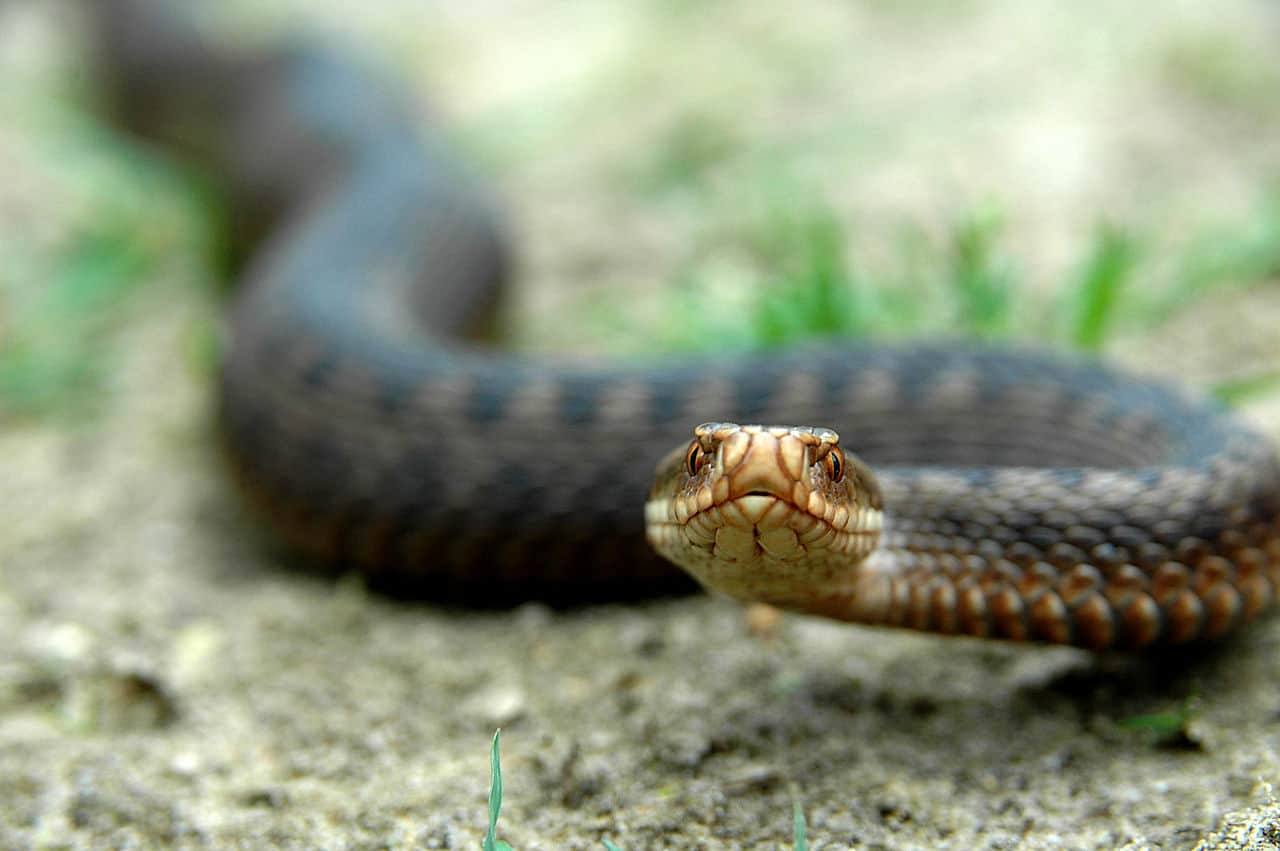
The adder is in the same boat as the grass snake, having taken over a giant swathe of Eurasia due to its cold weather resistance. The adder has the largest east to west span of any snake on Earth. Its territory begins in Sakhalin, off Russia’s east coast, continues for 8000 kilometres, before finally grinding to a halt in Wales (as Ireland has no native snake species).
The adder has close relations in Europe such as the asp viper and meadow viper, yet the adder is vastly more successful. It’s possible that because cold weather resistance is so rare in snakes, those which do evolve it face virtually no competition and can move into empty new landscapes at will.
Like the boa constrictor, the adder is one of the most flexible within its family. It eats a variety of small mammals scurrying through undergrowth, including voles, mice and shews. Unlike the alpine meadow viper, which utterly loathes forests, adders can appear in woodlands, fields and overgrown bushland alike. All this gives them the skills required to take over the world.
| 7 | Common garter snake |
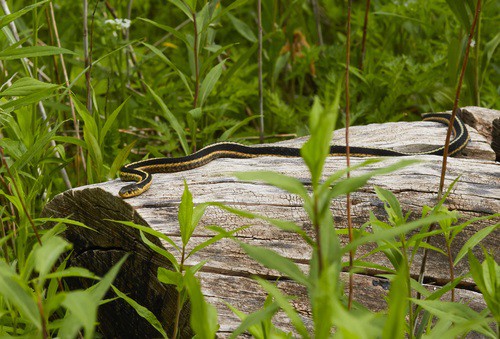
The common garter snake does what it says on the tin, as it is the most widespread snake in the USA, and up there worldwide. Technically, it only occupies a feeble 3 countries, also spilling into northern Mexico and Canada. Yet common garter snakes reside in all 48 lower US states except Arizona, being one big desert.
Balance is where they shine, as they’re a water lover, but not as restricted to ponds and streams as the aquatic garter snake. They prefer amphibians, but are capable of swallowing small mammals if necessary. Their high newborn totals have helped them take over, ranging from 18 to 40 per batch. They also dwell in communal winter hibernacula, huddling for warmth and ensuring each other’s survival.
Then there’s innate cold weather resistance – they can keep slithering while others would grind to thudding halt. There’s no huge gimmick, but combine these smaller advantages, and you have an extremely hardy and widespread snake. The last stop for Thamnophis sirtalis is Chihuahua state, northern Mexico.
| 8 | Gopher snake |
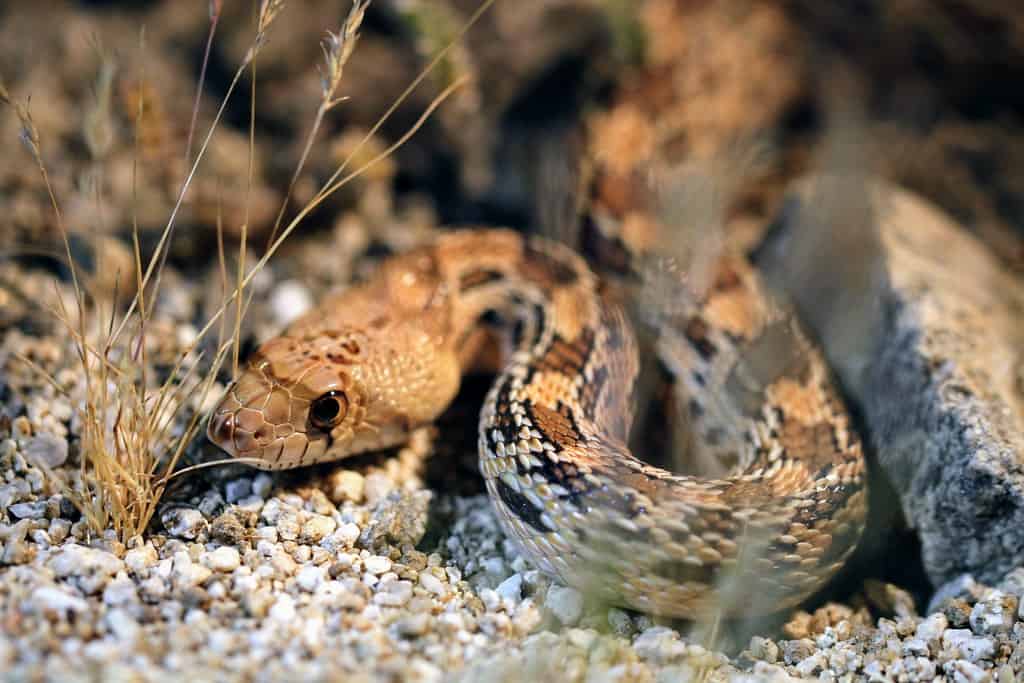
Probably the second most widespread snake of the USA, being absent only from east coast states like Florida. Gopher snakes are flexible but prefer open areas, allowing them to colonise new areas with ease. Humanity has helped this snake to spread its wings, by converting forests into agriculture. Gopher snakes love to hang out between the rows of crops and seize curious rodents hoping to nibble on produce like potatoes and corn. Fields and hillsides are perfect habitats, as are people’s front porches and rocky canyons – this snake copes well with dry conditions.
Gopher snakes are another species to practise communal hibernation. They huddle in burrows not just with each other, but garter snakes, yellow-bellied racers, and Pacific rattlesnakes, which coexist peacefully, lying side by side with each other. It isn’t all plain sailing for gopher snakes, as they’re popular bird prey, particularly for the red-tailed hawk, which chooses them above all other snakes. Something about this reptilian hunk of scales must taste particularly good. Being delicious is their one flaw, but gopher snakes benefit from a flexible diet, complimenting their mammal mainstays with birds and eggs. With such a wide empire, several subspecies have evolved, after being separated by ridges or former glaciers. The bull snake lives in Canada and has more extensive dark patches.
| 9 | Blunt-headed tree snake |
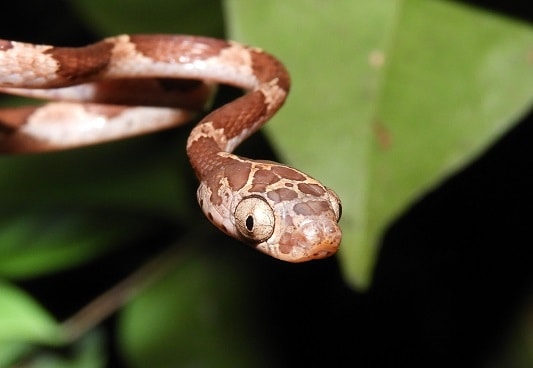
The blunt-headed tree snake might be the most widespread forest snake on Earth. They’re also the most widespread of the regular entries in online “craziest-looking snake” articles (including ours).
This species has a twig-like body with a head 5 times the diameter of its neck, and crystal balls of eyes making up 16-33% of its head. These aren’t gimmicks though, but finely tuned survival tools. The thin body is for crossing between branches, while the large eyes are for scanning the jungle floor and spotting stationary anoles, where other snakes would require a flicker of movement.
Blunt-headed tree snakes (Imantodes cenchoa) begin in eastern Mexico, and thread through all of central America. They don’t stop until southern Brazil, occupying over 15 countries. Though a tree snake, Imantodes cenchoa is far more energetic than the likes of emerald tree boas, regularly investigating new branches and hollows. The precise reason for their vast empire is a mystery. But their huge eyes are a possibility, being so all-seeing and all-knowing that few can compete. This is also a nocturnal snake, which keeps them safe from bird predators (mostly).
| 10 | Boa constrictor |
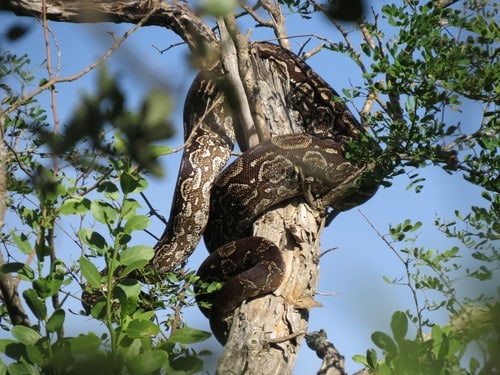
The western hemisphere hosts approximately 38 boa species, but the iconic boa constrictor (Latin name: boa constrictor) easily has the vastest empire. This hungry snake begins in Panama and occupies every South American country with the sole exception of Chile. They even occupy islands such as Trinidad and Tobago, due to now sunken Ice Age land bridges.
The reason for this staggering success is that the boa constrictor is quite simply the ultimate boa. They climb trees effortlessly, but aren’t dependent on them like an emerald tree boa. They can eat virtually any land animal, from hawks and monkeys to rats and roosting bats. They’re usually pictured in forests, but are just as comfortable in grassy plains. It’s as though the other boas were prototypes and this is nature’s finished model.
The boa constrictor’s most extreme point lies in central Argentina, on the outskirts of Cordoba. Beyond that, the cooling climate gets too much for them, as the Antarctic air influence begins filtering through.
In fact, their empire used to be even larger. Recently, the Central American colonies were split into an independent species, Boa imperator, which has subtly varying physical features, while still being their closest relative with ease.
